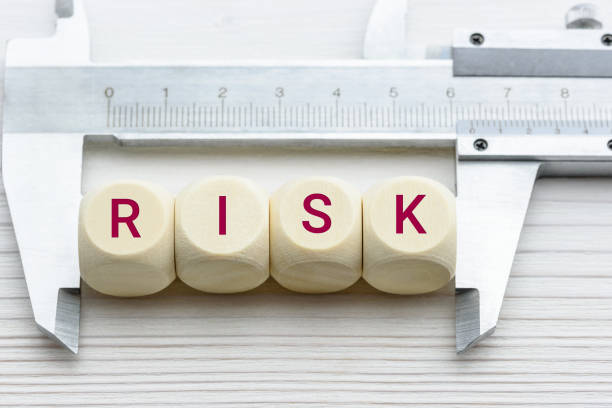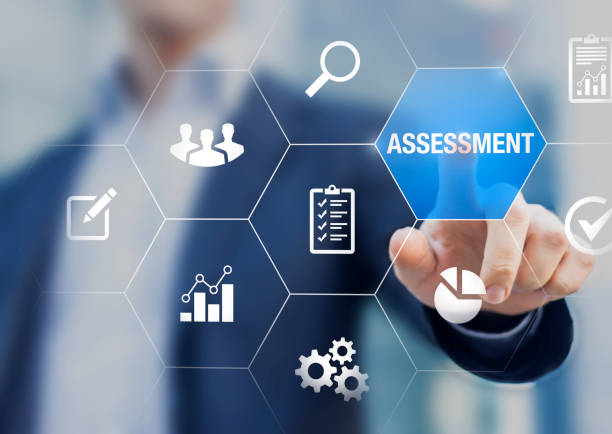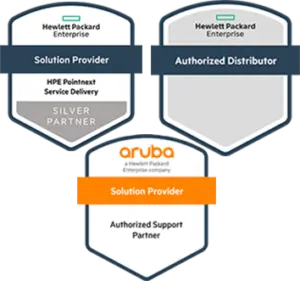
6 Benefits of an IT Risk Assessment Services
Imagine working on a project for countless hours only to have it destroyed by computer errors after all your efforts. We now have alternative data storage options (such as the cloud), which reduces the likelihood of this occurring.
There are, however, other IT-related issues at work, ranging from hardware issues to cybersecurity concerns. While it would be ideal if there were no malfunctions, we usually have little control over this. As a result, the best way to prepare is to have a solid plan for IT risk management. Here are seven ways an IT risk management strategy can ensure an office’s IT security and safety.
Defining Risk Assessment Services
Risk assessment is the process of identifying potential threats to a company’s ability to conduct business. These analyses help identify these inherent business risks and provide measures, procedures, and controls to mitigate their adverse effects on day-to-day operations.
A risk assessment framework can help businesses prioritize and communicate assessment details, such as any risks to their information technology (IT) infrastructure (RAF). The RAF assists a company in identifying potential risks, any company assets that these risks may jeopardize, and potential outcomes if these risks materialize.
In large organizations, the risk assessment services process is typically overseen by the Chief Risk Officer (CRO) or Chief Risk Manager.
6 Benefits of an IT Risk Assessment Services

Continuous Productivity
Each technological component in your office must be reliable enough to run continuously for long periods. A broken tool will not only impede or halt progress, but it will also add unnecessary stress to your employees’ lives. IT risk management can help prevent this from happening because it necessitates continuous maintenance of all devices. If a problem does arise, effective IT risk management will have procedures in place to restore productivity quickly.
Lower Costs
Replacing your company’s obsolete systems and broken equipment can be costly in the long run. It is in your best interest to find ways to reduce the frequency of equipment failure, system crashes, and other related incidents. It will allow you to cut costs and focus your company’s resources on more critical areas.
Secured Information
The exchange of helpful information benefits everyone in the workplace. Regardless of the cause, losing critical information can have disastrous consequences for your company. Your company could suffer a significant setback, wiping out years of hard work.
Data theft is a common problem that can be just as, if not more, damaging to your company. Suppose there aren’t enough security measures in place. In that case, sensitive server data could be stolen or leaked, hurting the company’s reputation and making it less competitive. It is critical to secure your IT operations to avoid situations like this from occurring.
Increasing Employee Trust
If you provide a workplace with low IT risks, your employees will be able to form long-term relationships with you. It demonstrates your employer’s commitment to their safety and well-being, which goes beyond your interest in business success.
Stakeholders and Customers’ Confidence
When it comes to financial matters, customers and stakeholders are wary of taking unnecessary risks. As a result, investing necessitates trust, which risk management can help to strengthen. They are confident that their investment will be well-protected even in an emergency because of risk management.
Reduce Stress
The possibility of significant security breaches or data loss will always loom over your head if you do not have an IT risk management system. You can relax and focus on managing your business with minor anxiety and significant efficiency if you have a solid risk management system.
You can protect your business from IT threats with virtual business coaching. Download our FREE IT Pillar eBook to secure your business’s IT.
Risk Assessment Steps
A risk assessment can be conducted in various ways, depending on the risks specific to the type of business, the industry in which it operates, and the compliance regulations applicable to that business or industry. Regardless of the nature of their business or industry, businesses can use the five general steps outlined below.
Step 1:
Determine the dangers. The first step in conducting a risk assessment is identifying potential risks that, if realized, would hurt the organization’s ability to conduct business. Potential threats considered or identified during the risk assessment procedure include natural disasters, utility outages, cyberattacks, and power outages.
Step 2:
Determine who or what might be harmed. Following the identification of the risks, the next step is determining which harms company assets if the risk materializes. These threats may affect critical infrastructure, IT systems, business operations, brand reputation, and employee safety.
Step 3:
Determine potential hazards and devise preventive measures. A risk analysis can assist in determining how risks will affect a company’s assets and what steps can be taken to mitigate or eliminate those effects. Potential risks include property damage, business interruption, financial loss, and legal ramifications.
Step 4:
Take note of the outcomes. The risk assessment results should be documented and kept in easily accessible official documents. Records should contain information about potential hazards, risks, and preventative measures.
Step 5:
Review and revise the risk analysis regularly. Potential risks, hazards, and the resulting controls are subject to rapid change in today’s business environment. To keep up with these changes, businesses must update their risk assessments regularly.
Risk assessment tools, such as templates, are available to various industries. Companies conducting initial risk assessments or revising older ones may benefit from them.
How to Utilize a Risk Evaluation Matrix
Like the previous illustration, a risk assessment matrix is represented as a grid with one axis labeled “likelihood” and the other “consequence.” Each axis’ value increases from “low” to “high.” The probability of each event is plotted on a single line from low to high. The event is plotted on one line and the opposing line based on its low to high impact. The intersection of the matrices determines the plot point.
Quantitative vs. Qualitative
Risk assessments can be quantitative or qualitative. The CRO or CRM assigns numerical values to an event’s likelihood and potential impact in a quantitative risk assessment. The risk factor for an event can be calculated and converted into a monetary value using these numerical values.
Qualitative risk assessments, which are more commonly used, do not include quantitative probabilities or loss projections. A qualitative approach aims only to rank the most dangerous risks.
A Risk Assessment’s Objective
The precise objectives of risk assessments, like the risk assessment steps, will most likely vary by industry, business type, and applicable compliance regulations. For example, an information security risk assessment should look for gaps in the organization’s IT security architecture and assess compliance with information security-specific rules, laws, and regulations.
The following are some common goals and objectives for risk analysis in various industries:
- It creates a risk profile that quantitatively assesses the organization’s various threats.
- Creating a detailed inventory of IT and data assets
- Defending the expense of security measures that reduce threats and vulnerabilities
- Creating a detailed inventory of IT and data assets
- Risks, threats, and known vulnerabilities affecting the organization’s production infrastructure and assets must be identified, ranked, and documented.
- Establishing a budget to address or mitigate identified risks, threats, and vulnerabilities
- Understand the return on investment if funds are invested in infrastructure or other business assets to reduce risk.
The ultimate goal of the process is to evaluate hazards and identify the inherent risk they pose. The assessment should identify potential countermeasures for any adverse effects on the organization’s assets or business operations and identify risks and their potential effects.
Difference Between Risk Assessment and Job Safety Analysis (JSA)
Risk assessments and Job Safety Analysis (JSA) or Job Hazard Analysis are frequently confused (JHA). The primary distinction between risk analysis and a JSA is one of scope. Risk assessments frequently include a risk matrix to help prioritize risks and controls. Risk assessments examine all potential workplace safety hazards. On the other hand, a JSA is usually performed for a single task and evaluates each step of the job.
3 Types of Risk Assessment

Even though the specifics of risk assessments vary significantly between industries, the HSE recognizes three broad types of risk assessments:
Large Scale Assessments
It describes risk assessments for large-scale, complex hazard sites, such as nuclear and oil and gas industries. A sophisticated risk assessment technique required for this type of evaluation is quantitative risk assessment (QRA).
Required Specific Assessments
It refers to evaluations required by specific laws or regulations, such as those governing manual and hazardous material handling (per the COSHH regulations, 1998). (According to the Manual Handling Operations Regulations of 1992)
General Assessments
Legal health and safety administrations such as OSHA and HSE require this type of assessment to manage general workplace risks.
To Sum it Up
There are numerous advantages to using an IT risk assessment service for your company. You can mitigate the effects of an adverse event by identifying potential risks and developing mitigation strategies. You can also increase productivity and streamline your processes. Finally, an IT risk assessment service can assist you in protecting your revenue.
ICT Distribution in Sri Lanka is your best option if you are looking for a reputable IT Risk Assessment Services provider. Contact our team of highly qualified consultants for the best and most objective advice on the solutions your company requires.
Latest Posts

Beyond Antivirus: Why Kaspersky Total Security is Your 2024 Digital Guardian






